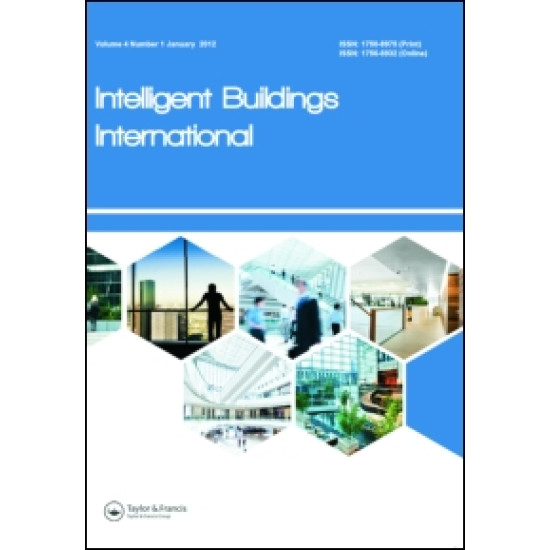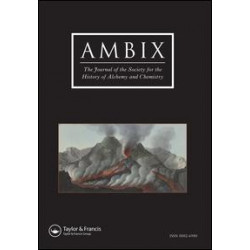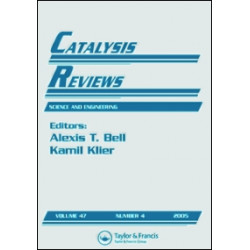
Intelligent buildings and cities can be defined by the following three pillars of knowledge:
People: individuals and communities
Innovative Technologies: smart enabling technologies
Sustainability: the design and management of energy, water, waste and pollution
Buildings and cities are planned, designed and managed for the long term by a multidisciplinary supply and demand chain of stakeholders. This means there has to be an understanding by all the stakeholders about the need for a long term vision and effective connectivity processes. This is true for designing new or regenerating old buildings and cities.
Submissions are welcomed on topics related to:
- Intelligent Buildings and Cities: Visions and Strategies
- Innovation and Technology
- People: Health and Wellbeing
- Economics, Design and Management
- Biomimetic Architecture
- Cities for People
- Designing and Managing for Sustainability
These are broad headings only and you may propose other topics. Your approach may be from a research, case study, opinion essay point of view. The journal wants to deal with change, new ways of thinking, strategic planning with an emphasis on value rather than just capital short term costs. The journal welcomes contributions from a wide variety of disciplines, including medicine, psychology, sociology, ecology, ergonomics, as well as architecture, engineering and project management.
One can also learn a lot from cross sector approaches. The car, aerospace and fashion worlds for example share a common knowledge on design. The journal is open to ideas and collective thinking not bound by tradition but remembering that lessons from history as well as the present lead us into the future.
Derek Clements-Croome
Editor
University Reading and Queen Mary University London

















